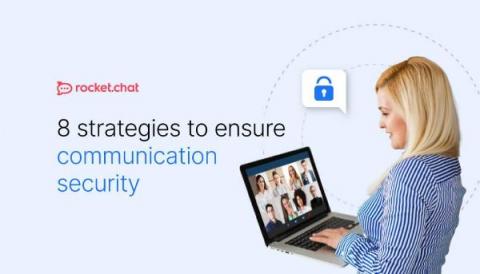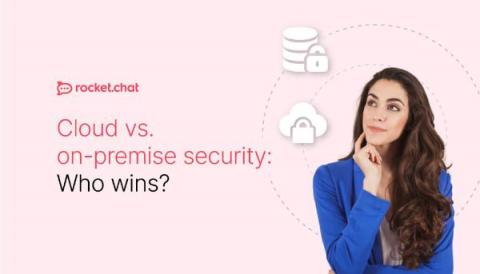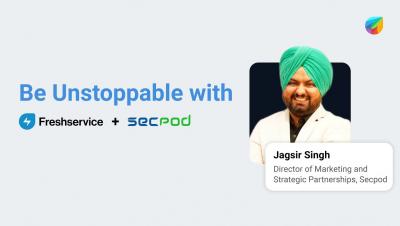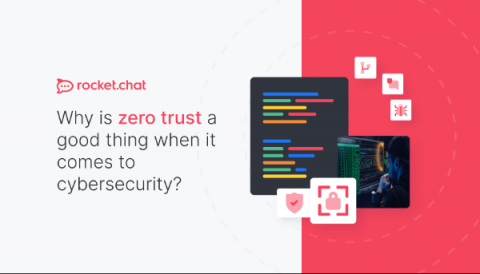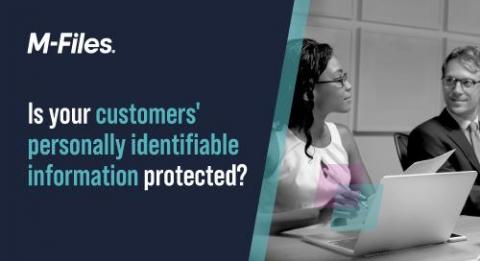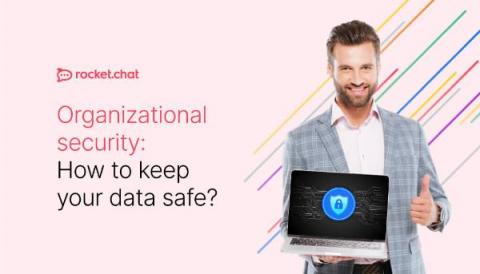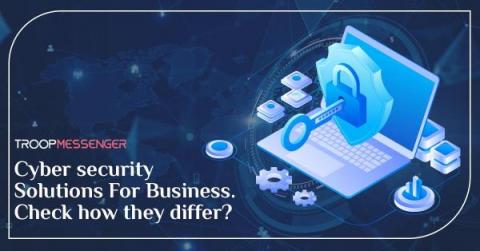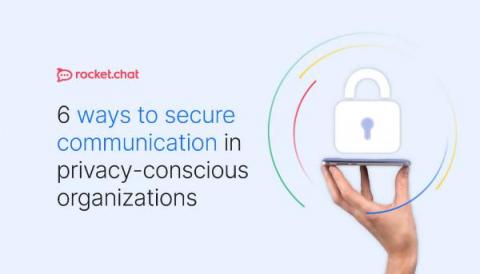8 strategies to ensure communication security
The rise of modern technologies enabled people to communicate more easily than ever before. We communicate in a variety of channels, like chat, voice and video calls, and emails. However, the new, digital ways to communicate also made communication security and data privacy big concerns for all parties involved.


